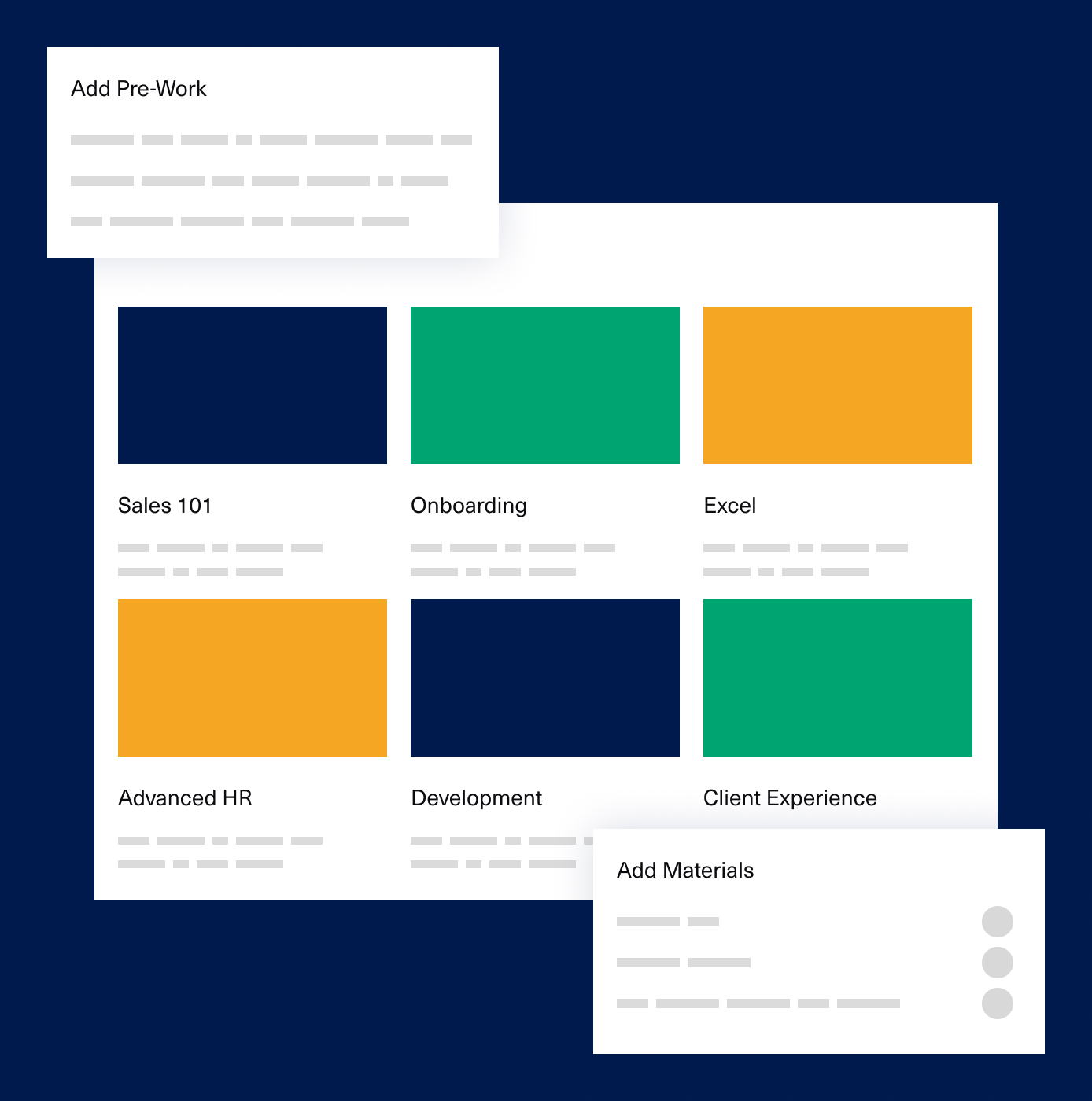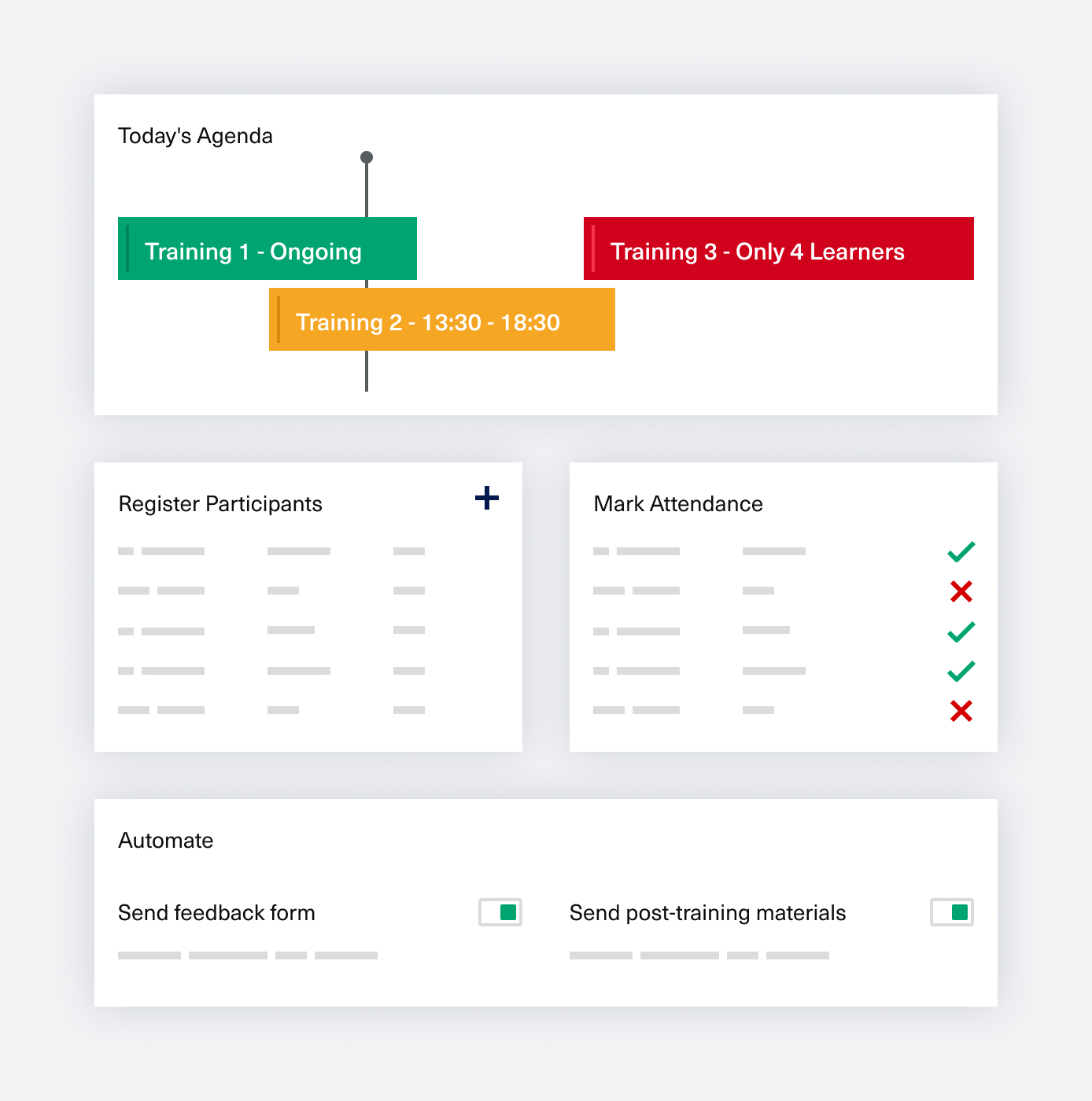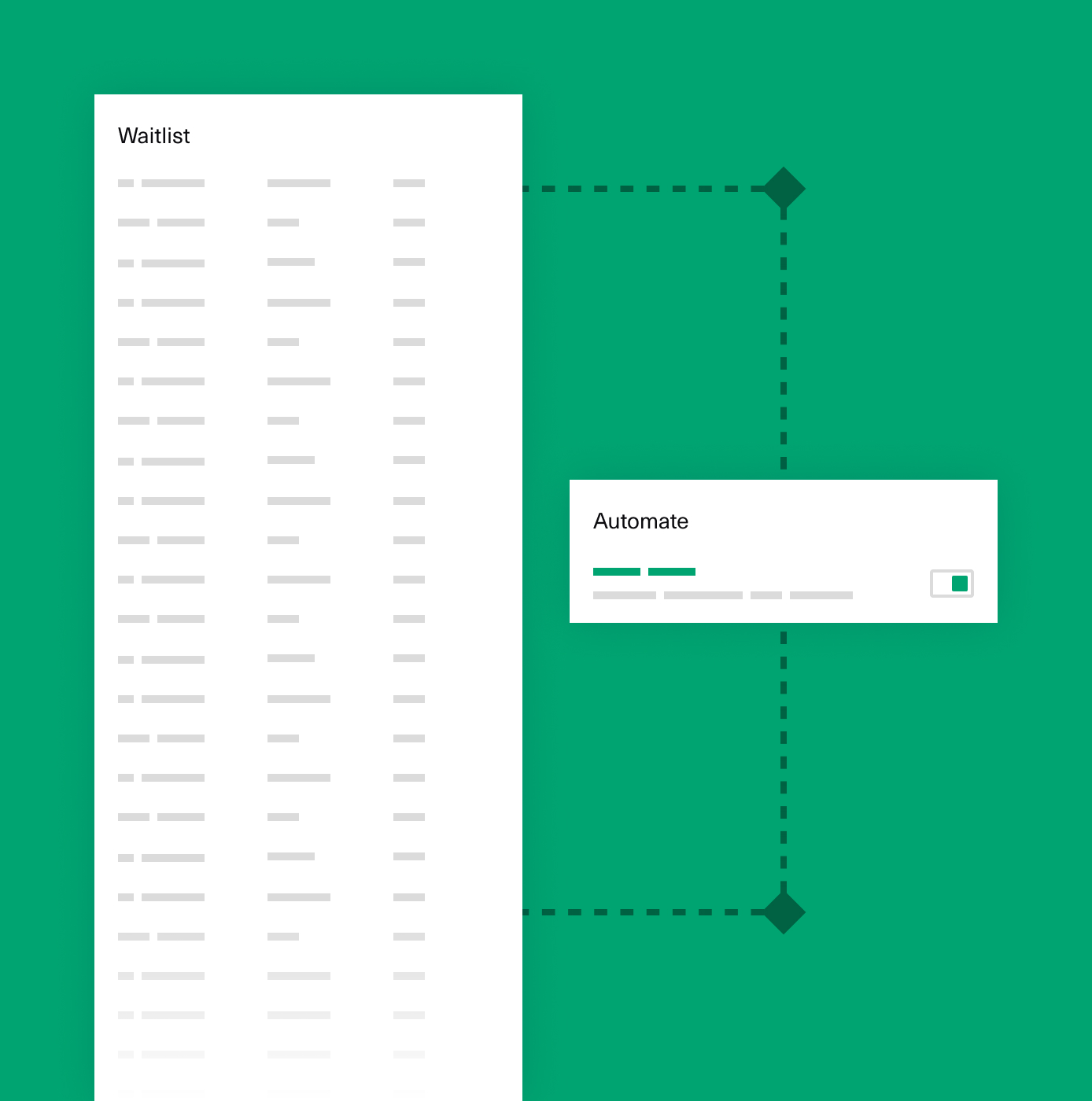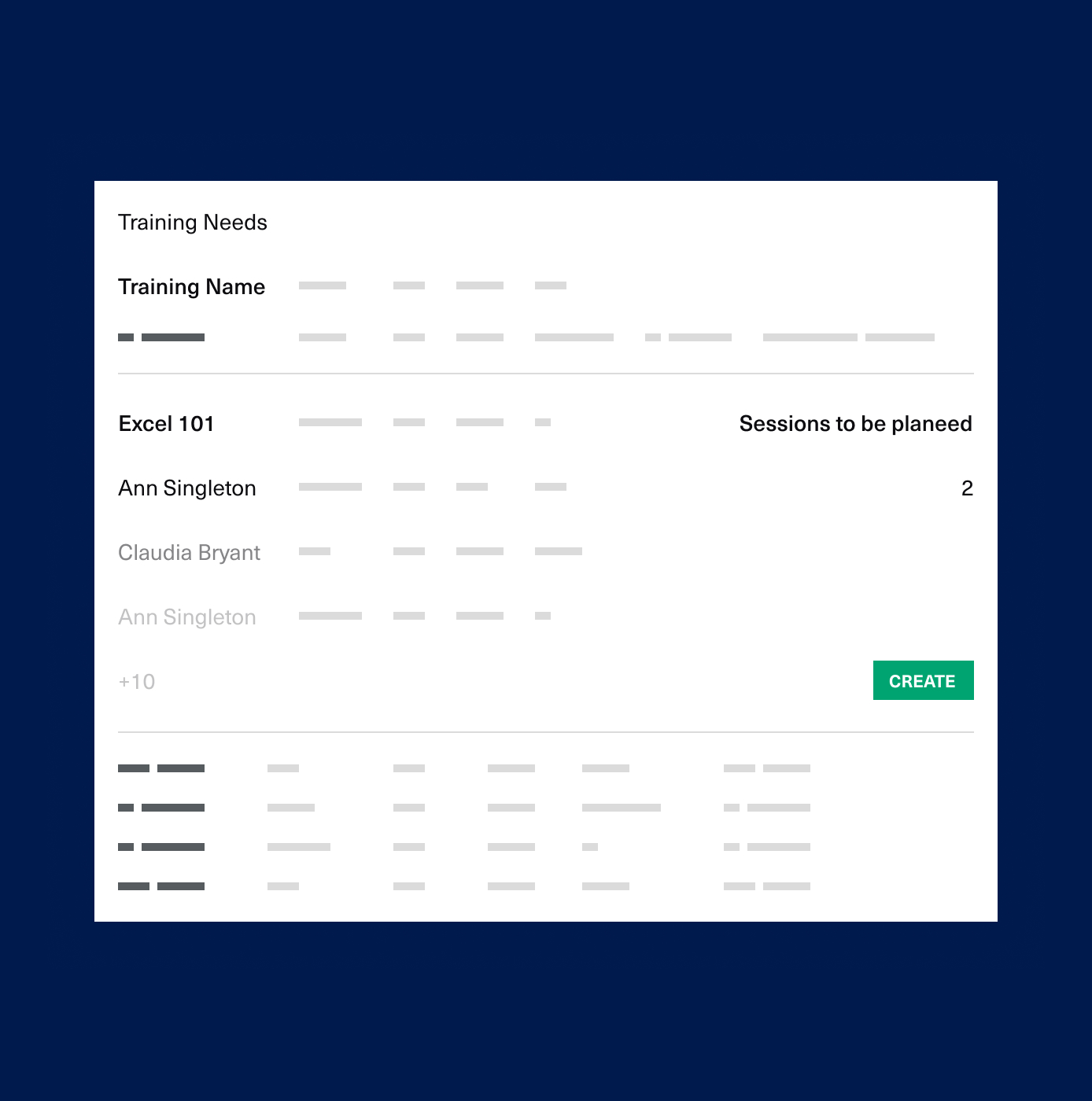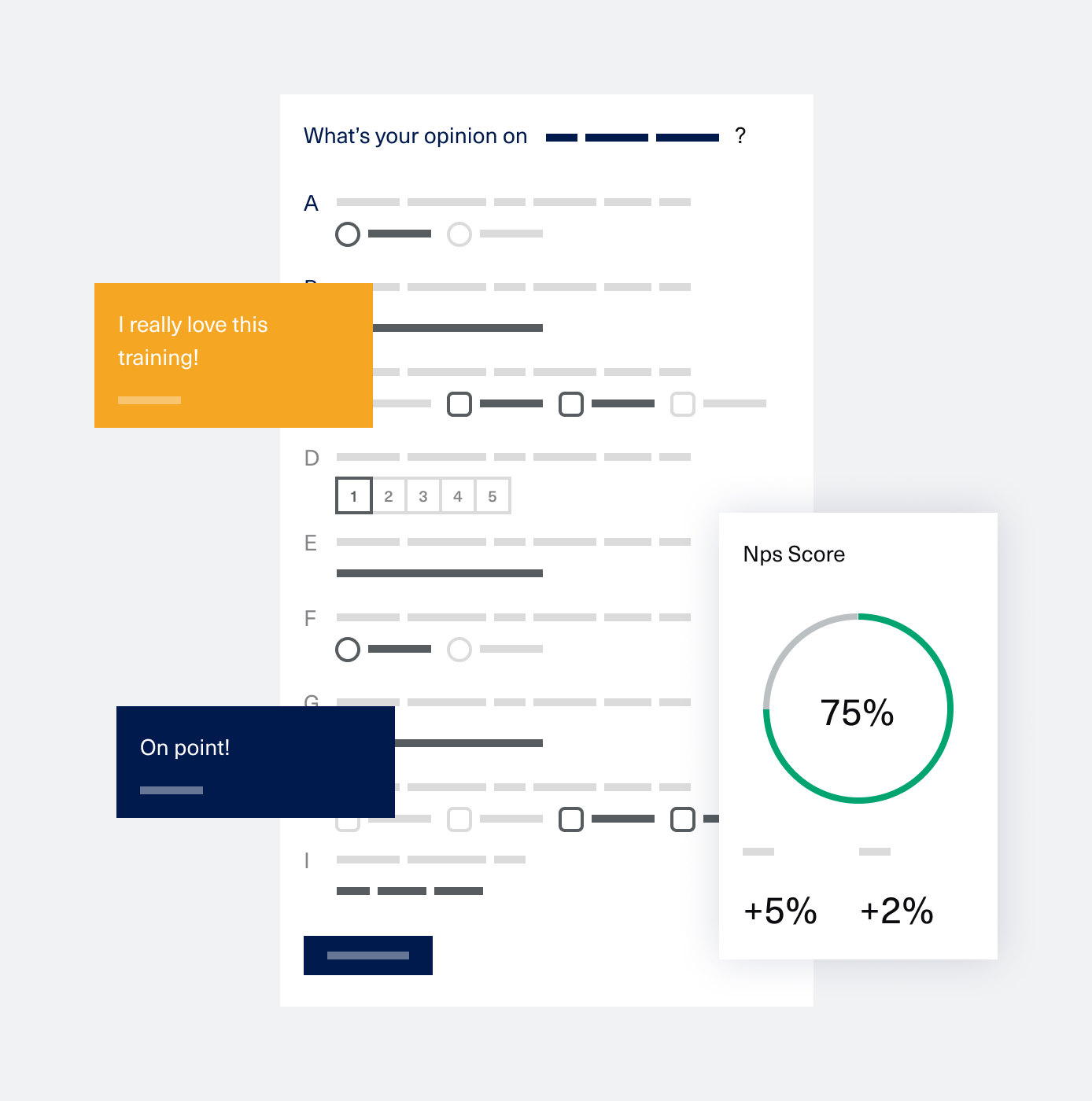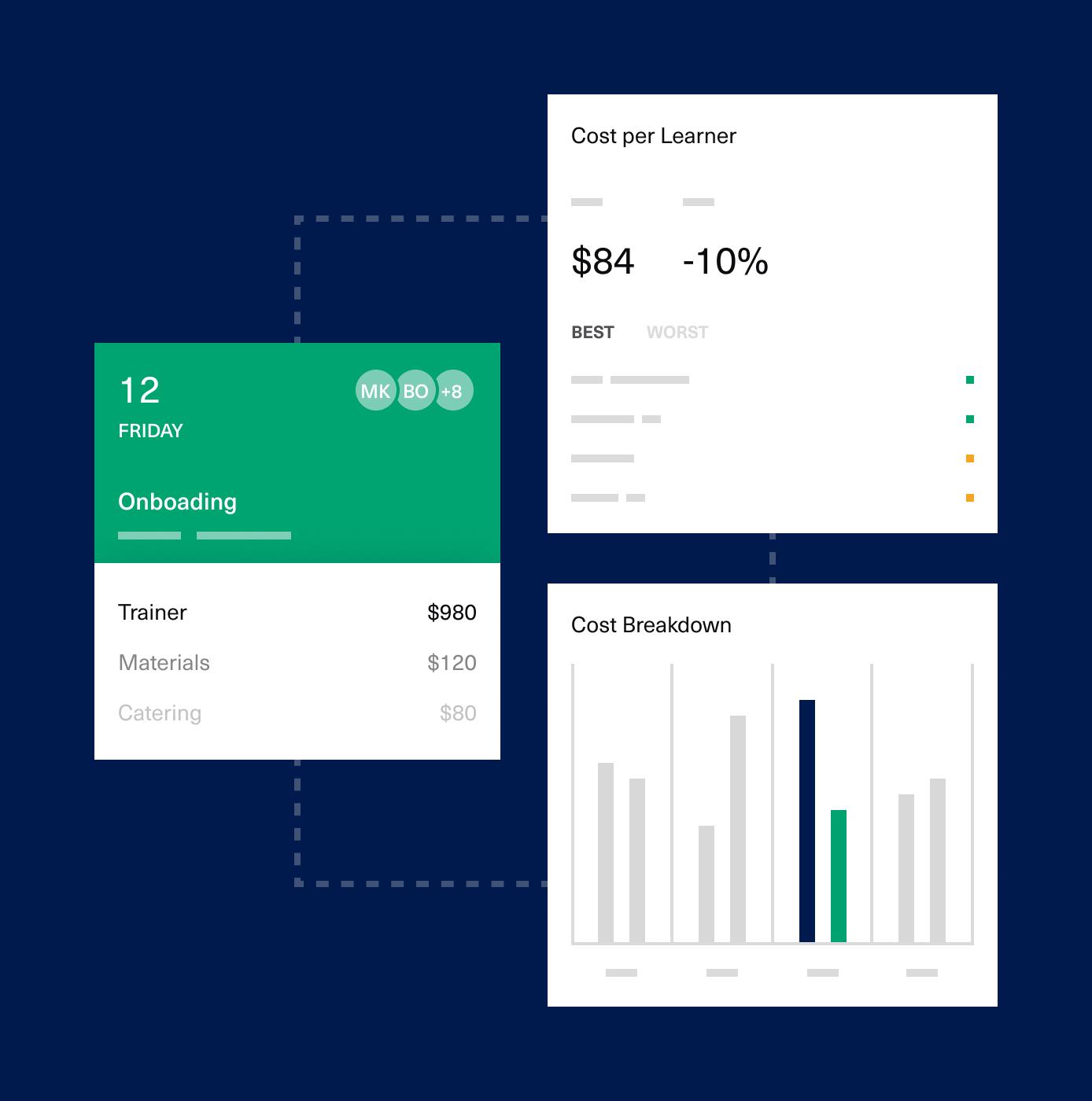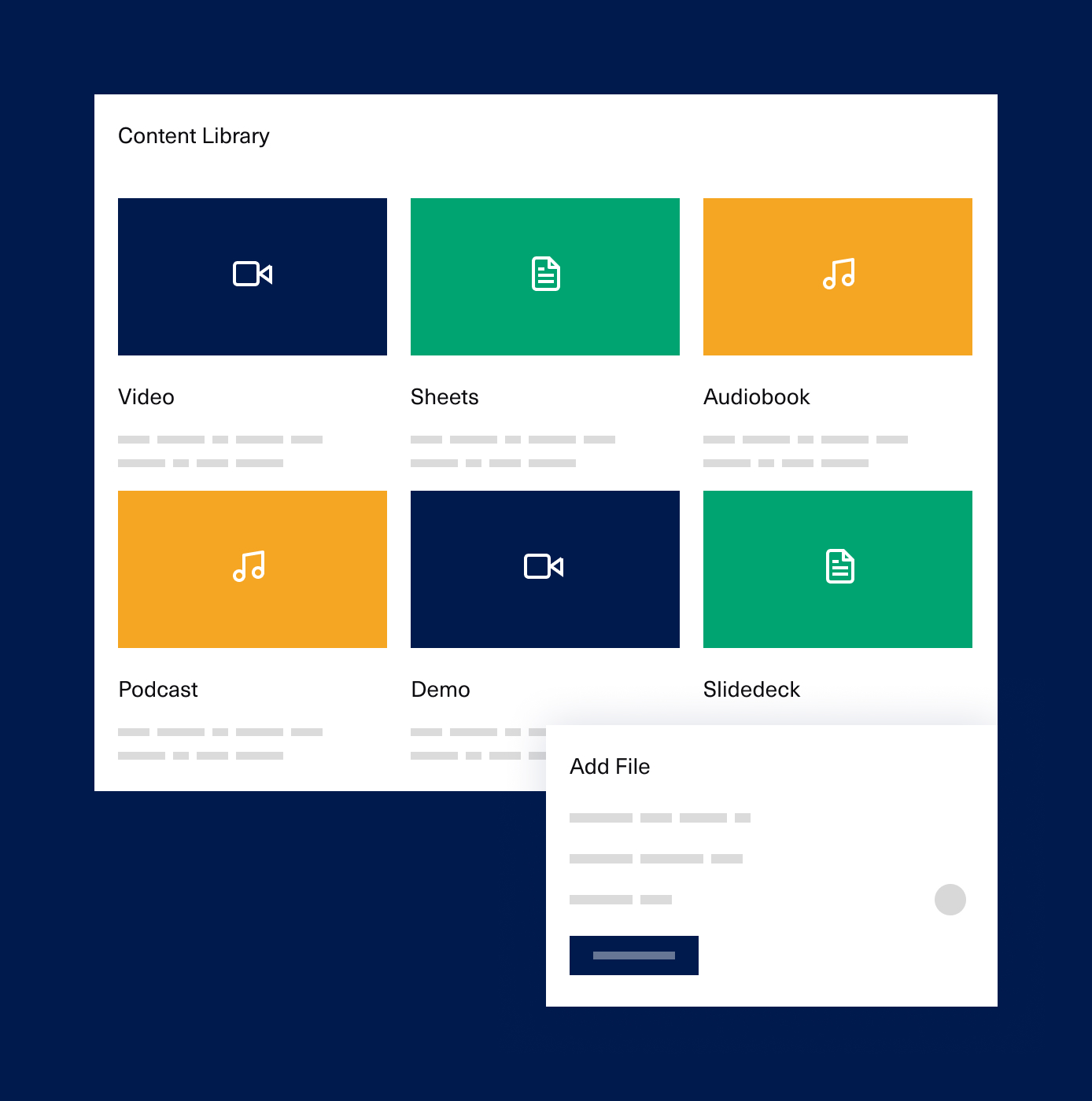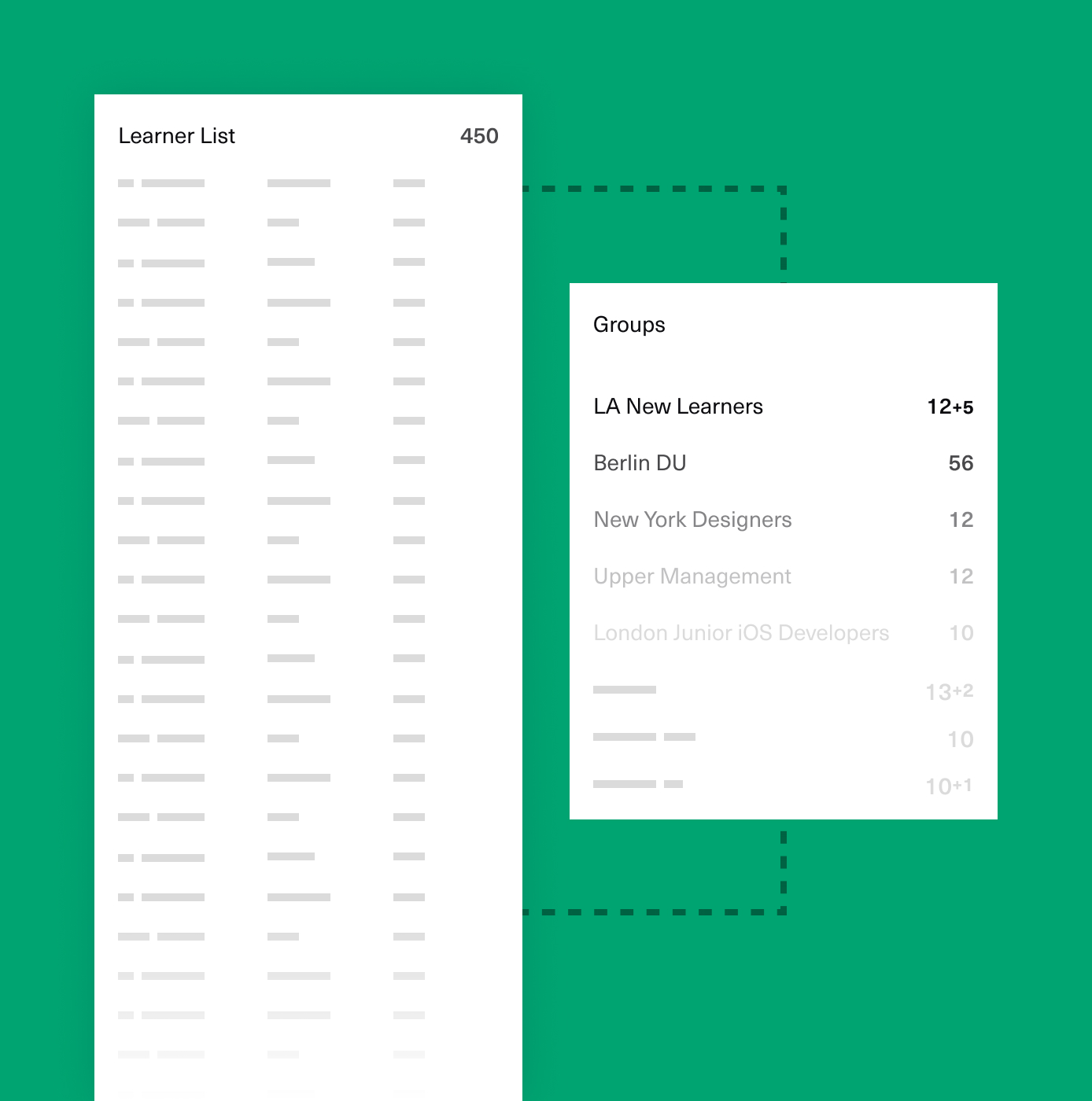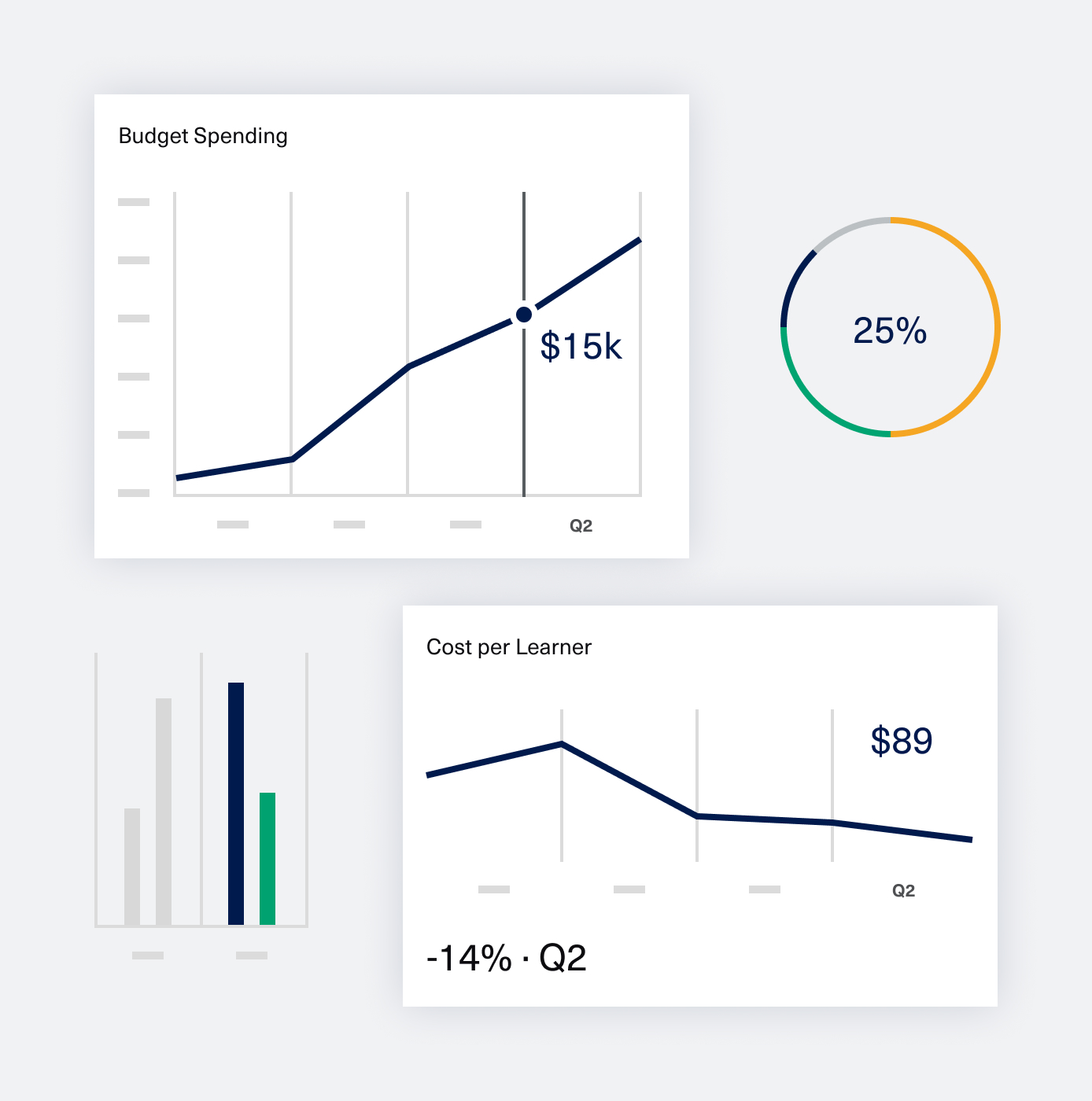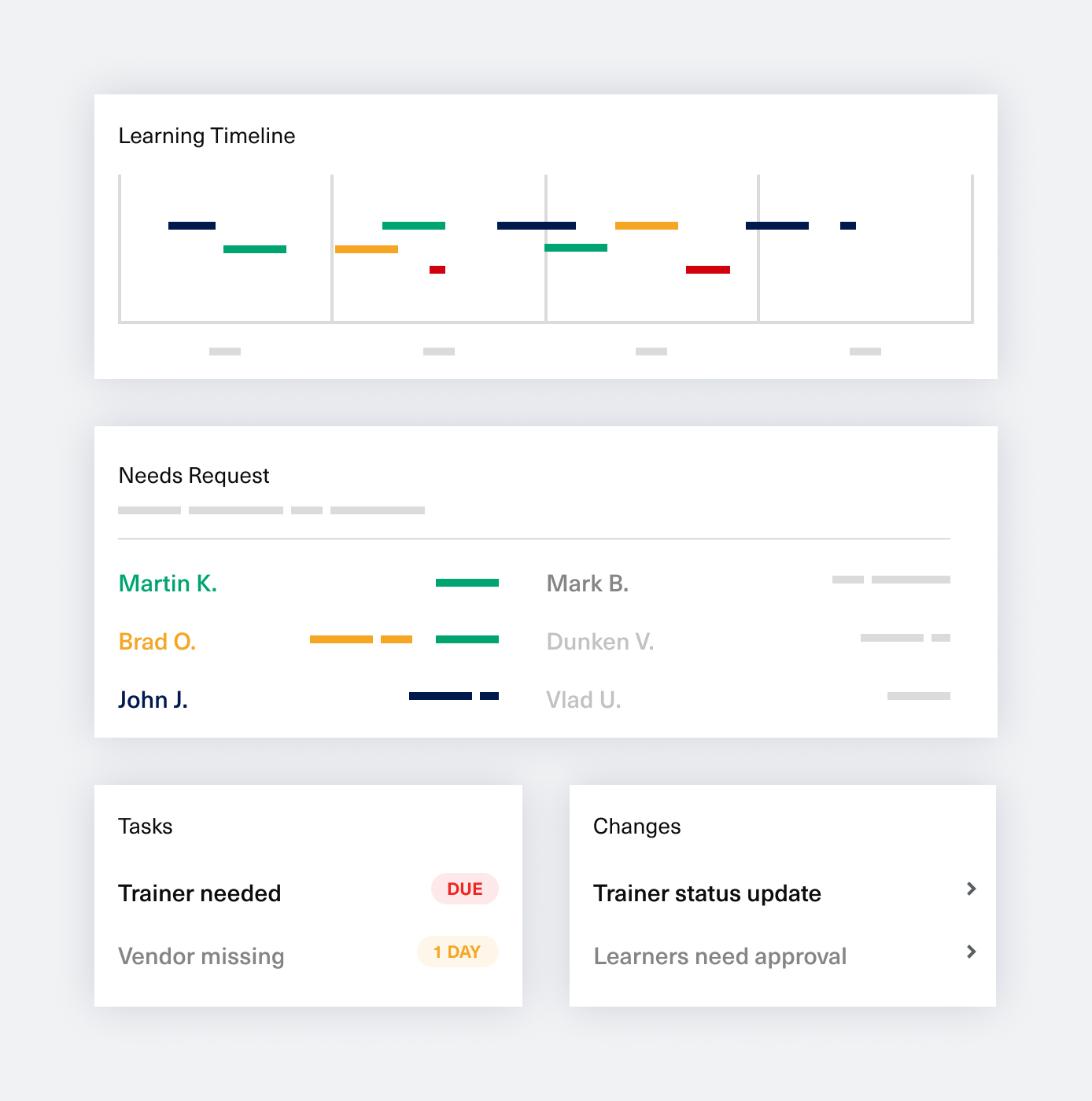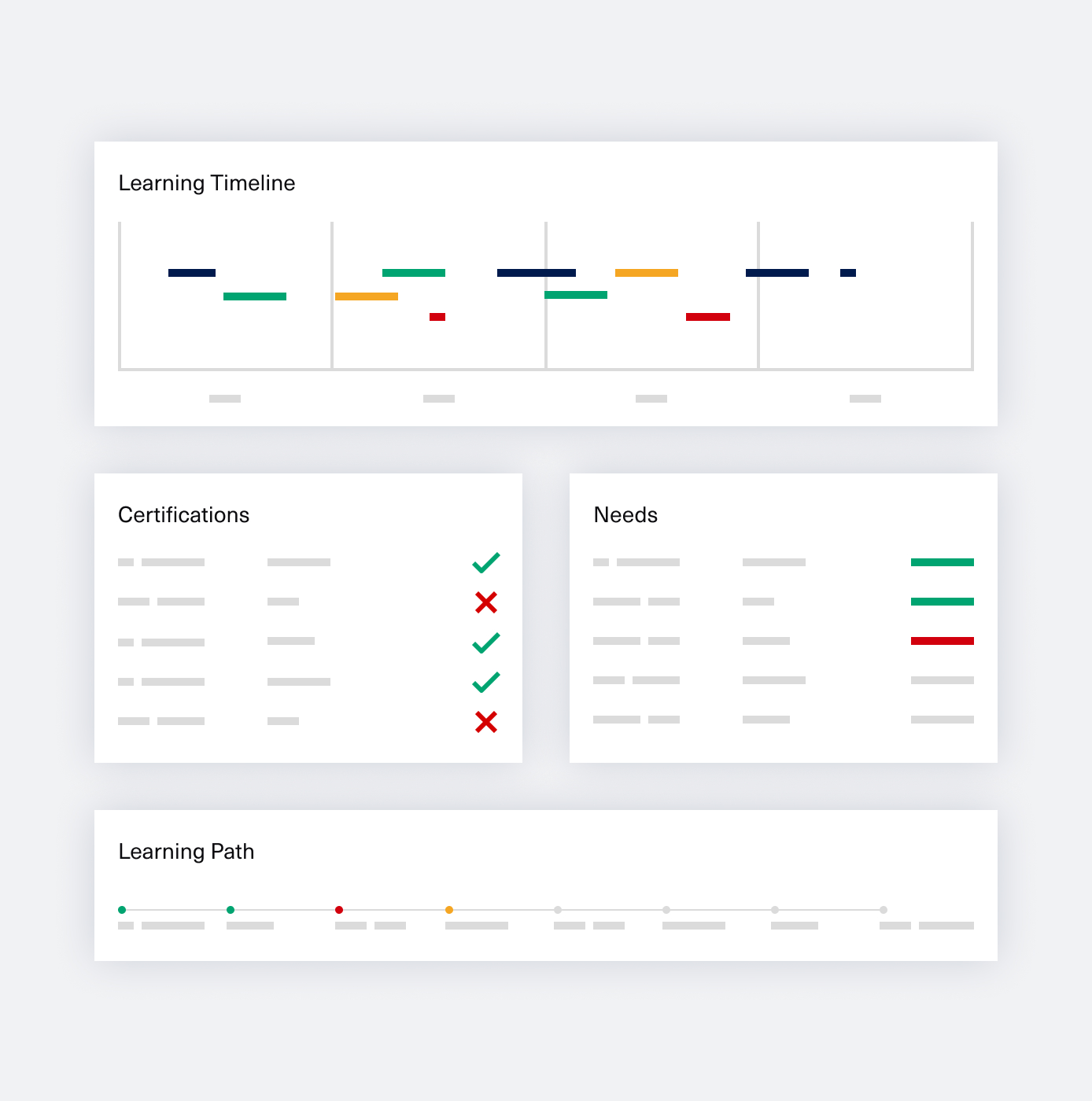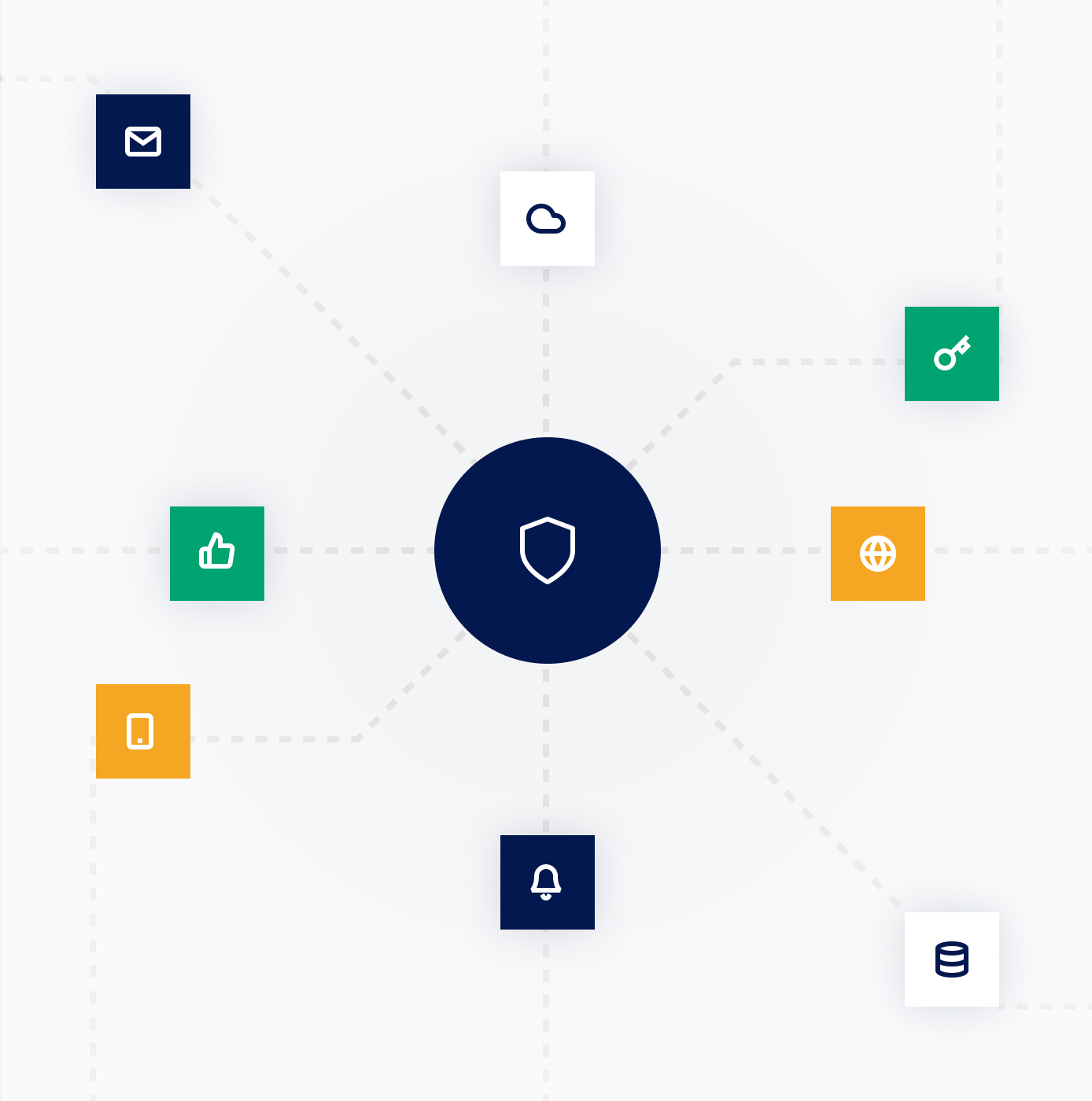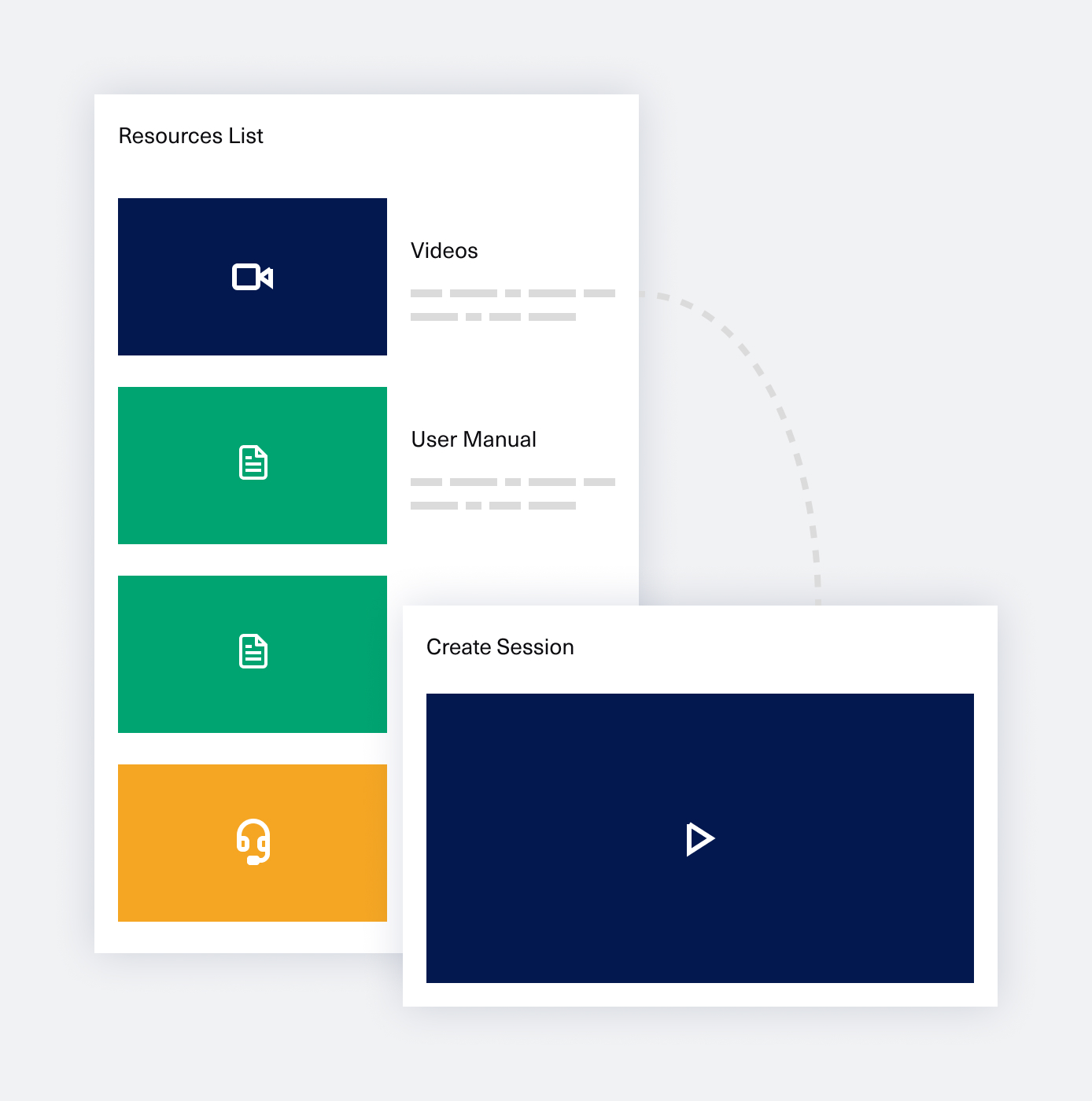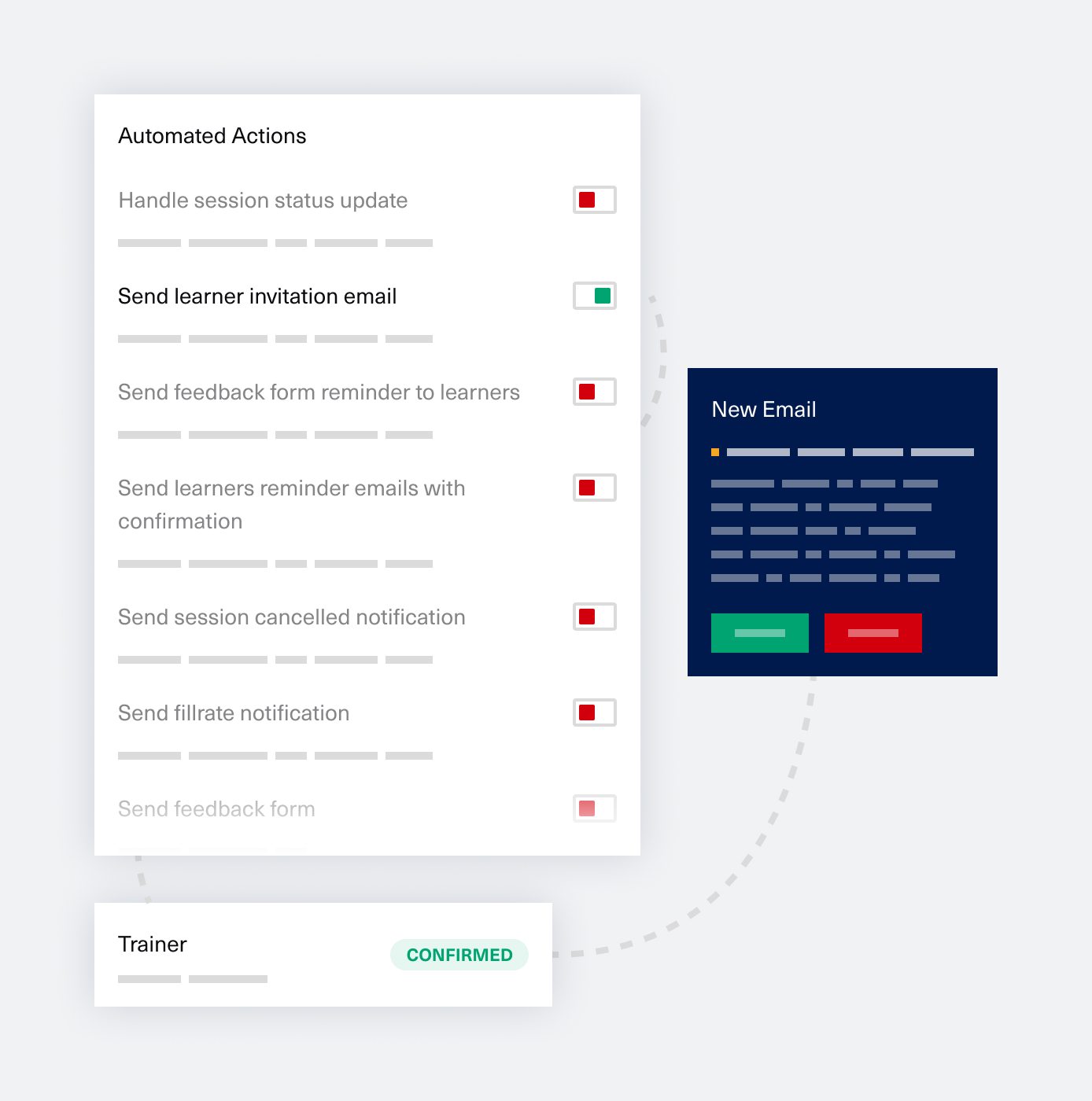While researching the vast domain that is L&D, we’ve learned a lot about how both weirdly specific and vague many types of L&D roles can be (yes, at the same time!). Talking to a lot of learning professionals has brought us to the conclusion that no two organizations define the same role as having the same attributes. They vary based on industry, company size size, type of learning culture, relation to compliance needs and even on whether there is a shortness of staff or not – these are just a few of the criteria we’ve found.
The overarching theme, however, is the following: L&D roles frequently tend to encompass a lot of different types of activities within one single position (administrative, and tech, and teaching, and analysing data). This can be both good and bad, depending on each person’s work context. As the industry evolves, though, roles are becoming more specialised and people get a chance to knowingly choose which type of L&D career is suitable for them. Some might feel very comfortable delivering training, while others just love analysing data.
The purpose of this list is to clarify the most likely expectations from the most frequently encountered L&D job roles, to help the individual make an informed choice. We hope this is a useful guide for anyone wanting to either start or make a change in their L&D career and that it helps you set your expectations correctly.
A couple of notes before we start:
- This is a living resource. We’re constantly making changes and we publicly announce when we make more significant updates.
- Some roles are both quite generic and quite specific at the same time (for example, Instructional Designer). This is simply the nature of the beast. Choose whichever definition you feel comfortable with remembering or referencing in your own job search or when creating a job description (or defining your ideal role, why not?).
- There is a lot of overlap between many of the jobs. The duties and responsibilities for each type of role are not exhaustively listed, therefore there is a risk that some activities may be implicit for a lot of roles (for example, if two or more roles touch on the same technology, like LMS, it is possible that all those roles will share an activity related to that technology, like maintaining the course catalog).
- We advise any L&D professionals looking at this list to ask about the specifics of any new potential job. We recommend to each person to self-assess whether they are a good fit or feel comfortable with performing all of the activities listed in the job description for the position they are considering.
- The list is open to outside contributions, corrections and suggestions. Reach out to help us augment this resource.
- L&D is not a one-person-show, it’s a complex human and business activity and should be treated as such. Expecting that an individual is able to execute multiple such roles at a high level of quality of work is unrealistic.
Let’s go!
Learning & Development Administrator
This role can be split between administrative and support tasks, and marketing activities:
- Pre-event administration and support, including sending out invitations, joining instructions, making changes to events, informing relevant parties of participation requirements or asking for specific needs, securing training delivery resources (trainer, room, materials etc.), support external vendors with orientation and process needs (sometimes preparing the venue)
- Post-event administration, including sending feedback requests, gathering feedback responses and creating reports, issuing attendance certificates, providing post-course learner support, collecting trainer feedback and attendance sheets.
- Booking of external activities or external vendors providing internal training, which also includes support with researching the appropriate venue or trainer/svendor
- Maintaining employee training records, including making manual changes where the technology does not allow automated status updates
- Handling enquiries about specific L&D initiatives coming from learners, trainers, other business stakeholders and redirecting when appropriate
- Unblocking approval workflows where appropriate (reminders to requester or approver to perform the necessary action) and inform of implications in case of approval or rejection
- Generating L&D reports for various stakeholders: attendance, feedback, adoption, utilization, completion, compliance, satisfaction, various other KPIs defined within L&D or by the business
- Catalog administration and (sometimes) website administration (creating, updating, archiving or cancelling items)
- Managing course waitlists and training requests (either individual or coming from the Learning Needs Analysis or Performance Management processes)
- Cost tracking, invoice management, keeping a financial audit trail and reporting on financial metrics (like budget consumption, for example)
- Assisting with marketing and publicity of courses or events (internal and external)
- Uploading and maintaining content onto company L&D websites or portals
- (Sometimes) assisting with internal or external social media marketing campaigns for various L&D initiatives and generating effectiveness tracking reports
LMS Administrator
The typical role duties mostly deal with the proper functioning of the organization’s LMS. The administrator ensures that the LMS is performing optimally each day, and acts as a liaison between the learning initiative responsibles and the LMS provider’s technical support team (even if the provider is internal).
LMS/Learning administrators perform the following activities:
- Defining LMS user roles and permissions for the people in the organization (L&D team in particular)
- Publishing learning items in the catalog (authoring/content creation is not by default included) and maintenance of the catalog (versioning, archiving, making corrections etc.)
- Creating custom paths and certifications, upon request from L&D or the business
- Maintenance activities within the LMS platform
- Updating company-wide messages or the portal itself, updating or publishing dedicated sites
- Contribute with LMS-relevant information when asked or when the need arises (including technical or usability troubleshooting)
- Support teams with LMS or other technology implementations (including training others on how to use the platforms – both at onboarding and on an ongoing basis)
- Provide accurate and timely reports on LMS utilization, functioning, catalog, users etc. (not including here specific L&D reporting)
Facilitator/Trainer (face to face or online)
In the very strict sense of the term “trainer”, this type of role is defined to be quite didactic, one-directional: this person instructs, lectures, presents a topic without necessarily having to receive feedback from or interact with the audience.
A facilitator is a trainer who encourages the learners to become accountable for their own learning, therefore engages more with them, asks and answers questions, starts a conversation and so on. For the purpose of this exercise, we will focus on the wider definition and we will use the words interchangeably. There is an implicit expectation that a facilitator/trainer is familiar with adult learning principles.
The two main activities that a facilitator/trainer performs are:
- They facilitate group learning activities.
- They present (new) knowledge (systems, procedures, concepts).
More broadly, a facilitator/trainer’s duties are:
- (Sometimes) Interviewing employees to assess training needs (including assessing whether live training or another method is best suited for specific learning needs)
- Performing research and designing situation-appropriate learning content for live training (consider business goals or KPIs and design with effectiveness of reaching those KPIs in mind)
- (Organizing) and delivering live learning activities, virtual or in-class
- Communicating and engaging with learners pre- and post-event, including asking for training expectations and feedback, as well as keeping track of and reporting on attendance
- Consistently improving content and delivery methods to align with specific learning and business KPIs
- Measuring the results of training, based on metrics relevant to the training process, such as participant feedback, attendance, satisfaction, test result levels etc.
- Communicating with the administrative team to create and maintain catalog entries for live courses (including availability to deliver sessions or any changes to the delivery schedule)
- Being accountable for own delivery-related logistics (awareness of travelling requirements, company policies, expenses etc.) and communicate specific needs with facility/reception representatives
- Contributing to the organization’s L&D strategy with own input and feedback from training activities delivered and measured

